
Use these expert tips and techniques to keep your house plants looking their best.
Sunshine
Decoding those perplexing tag instructions on light.
- If the tag says direct light, the plant needs six or more hours of bright sunshine a day, hitting it head-on.
- If the tag says moderate light, the plant needs bright, direct sunshine only part of the time—about four hours a day.
- If the tag says indirect light, the plant needs to be kept a few feet away from pounding sun at all times. It wants only ambient light.
- If the tag says low light, the plant needs no direct sunshine and little ambient light. It’s happy in a room that never gets much sun.
North-facing windows don’t receive much light, southern windows tend to be sunny for much of the day, and eastern and western windows are sunny for part of the day. But, of course, trees, shrubs, and buildings can block light. Get to know the light in your home simply by observing it. That’s the best way to figure out what house plants you can accommodate and where they should live.

Water
How often should I water my house plants?
Because conditions vary, there’s no way to give hard-and-fast advice like “Water once a week.” Heat and sunlight specific to your home will dry out the soil at different rates. You’ll have to feel the soil with your finger. If the plant’s tag says, “Water steadily or evenly,” then water whenever the surface of the soil is dry to the touch. If the tag says, “Water moderately,” allow the top inch or so to dry out between waterings. One note: Don’t overwater. It’s as liable to kill a plant as underwatering.
What’s the best technique for watering?
Thoroughly saturate the soil until water comes out the bottom of the pot. (If the water is not reabsorbed within a day or so, empty out the saucer.) When you can, take plants to a sink or a tub and give them a soaking; most plants love this. (African violets are an exception.)
How can I remember to water?
Refill the watering can (or milk jug or any container you like) each time you finish watering, then leave it out as a reminder. This will also allow the water to come to room temperature and give additives (like fluoride) a chance to dissipate. Keep needy plants in plain sight so you don’t forget about them.
House Plants & Containers
Healthy Leaves
When shopping for your house plants, be selective. Look for firm, healthy foliage and steer clear of anything too leggy (with more stem than leaves).

The Right-Size Pot
When replanting, use a container the same size as the one the plant came in or two inches larger (a four-inch-diameter plant can go in a six-inch pot, a six-inch plant in an eight-inch pot). Too big a pot means too much soil that holds too much water—and this can rot the roots. Also, a pot should always have a drainage hole in the bottom.
Smart Materials
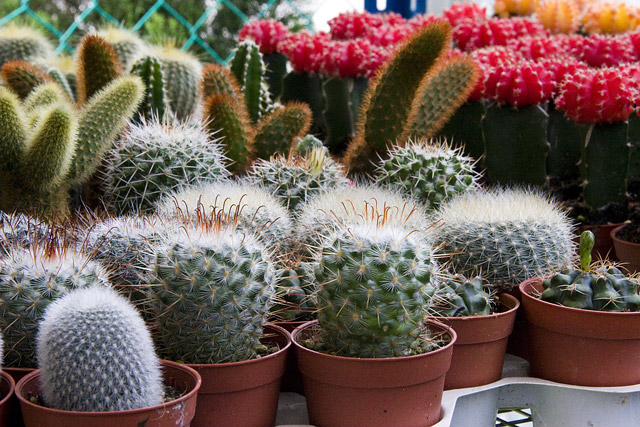
Terra-cotta is a durable classic, but also consider resin or fiberglass. These hold moisture longer (moisture evaporates through terra-cotta), which gives you a little advantage if you’re forgetful about watering. To protect floors and furniture, use saucers that are glazed on the inside. (Any glazed dish works just as well.)
How to Repot a Plant
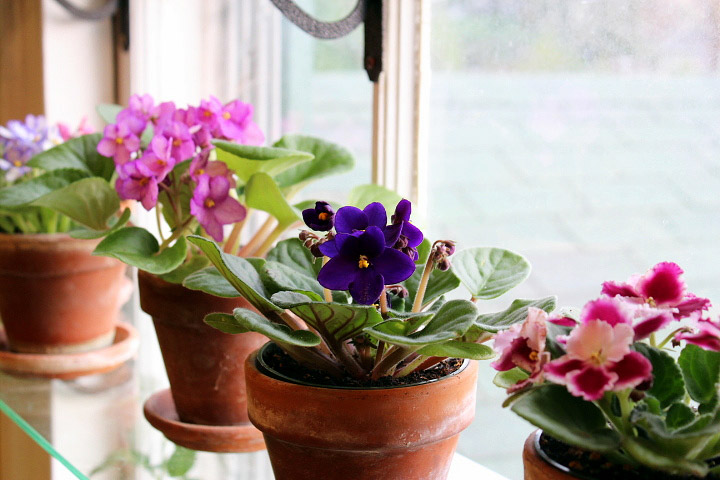
As a practice, get your house plants out of the plastic pots they’re sold in. Even humble terra-cotta is transforming. Before repotting, water thoroughly to hold the roots together.
Step 1: With the stem between your fingers, carefully turn the pot upside down and gently coax the plant out of the pot. (If the plant is root-bound—lots of roots and barely any soil—ease out the roots and trim them by about half.)
Step 2: Place a stone or a shard of terra-cotta over the new pot’s drainage hole so the soil doesn’t wash out. Put an inch or so of potting mix in the pot. Center the plant inside.
Step 3: Fill in around the roots with potting mix. Use a chopstick or a pencil to tamp around the roots gently. Leave a quarter inch of space between the top of the soil and the rim of the pot. This will help hold water so it can slowly soak in and thoroughly moisten the soil.
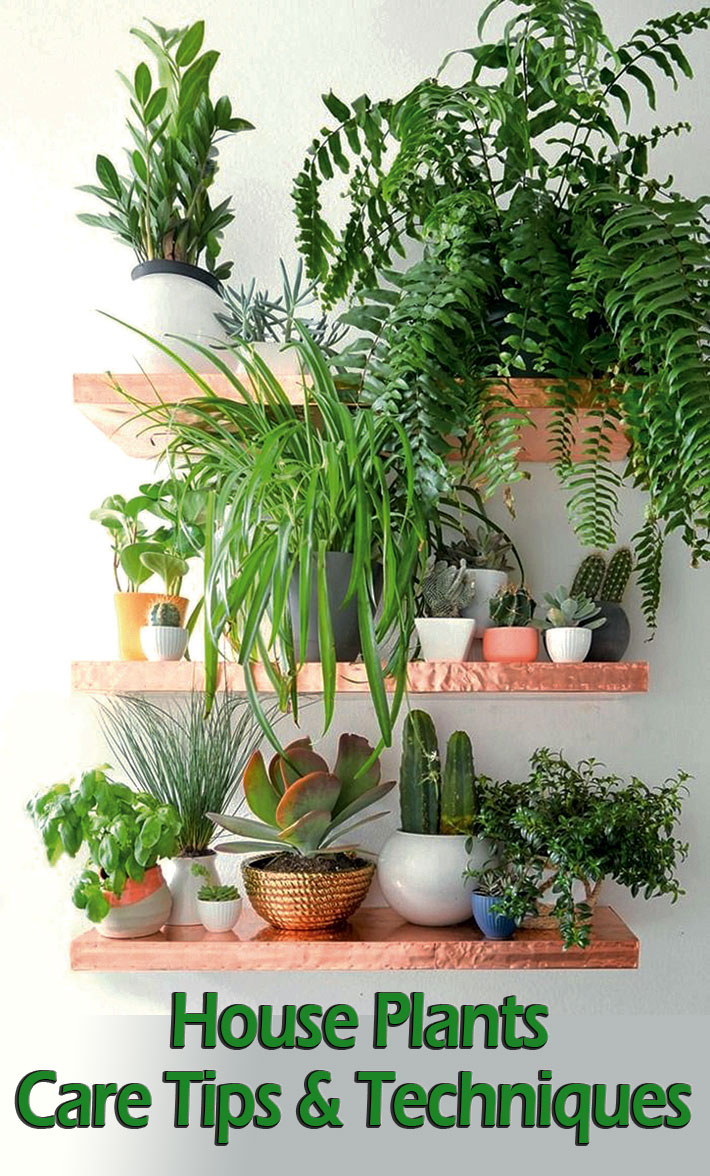

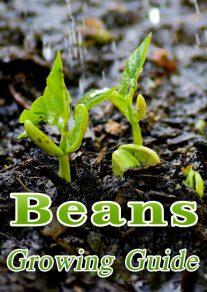
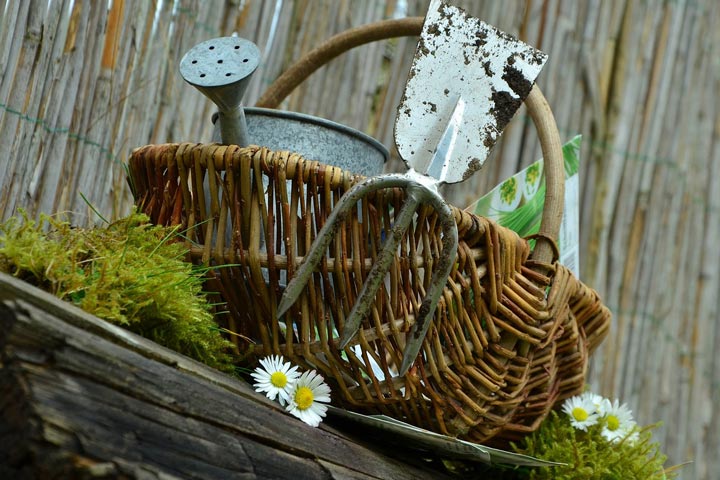
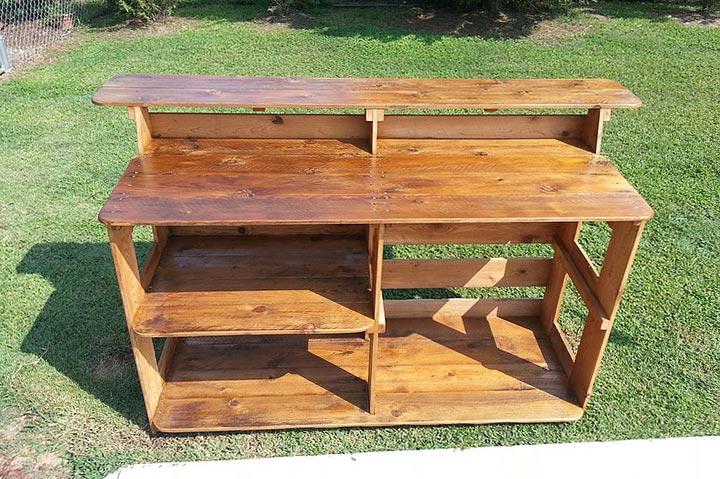
Leave a Reply